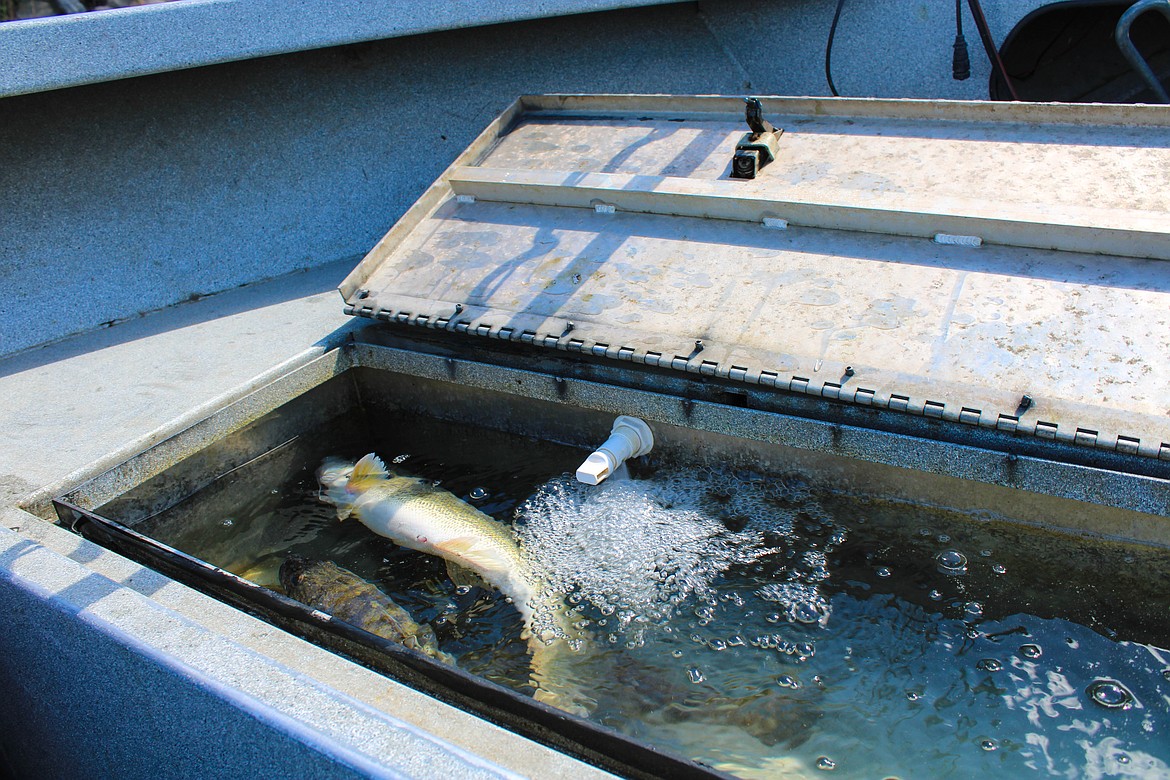Fish and Wildlife asks anglers to give fish a break
Because of record-breaking summer temperatures in Washington, the Washington Department of Fish and Wildlife (WDFW) is asking anglers to practice responsible fish handling and to report unusual fish mortalities.
According to a recent press release, many rivers, lakes and streams across Washington are lower and hotter than usual, and there are things anglers can do to prevent die-offs.
Potholes Reservoir is among these lower and hotter bodies of water, said Potholes Bass Club President Paul Harmon. Typically, Potholes is lowest at the end of August, and it’s predicted this year will be the lowest anyone’s ever seen.
Fishing on the east side of Potholes toward the Job Corps Dike, Harmon has noticed the water has climbed more than 80 degrees, he said.
“The heat has been off the chart,” he said. “It got hot so quick and so fast and it hasn’t really cooled down.”
The WDFW recommends fishing in the early morning and late evenings – when the fishing is best anyway – when the water temperatures are cooler, and to not bait the fish into warmer areas during the day.
They also recommend fishing in cooler and higher lakes, or areas of lakes, to give the fish a break.
If catching and releasing, use barbless hooks and try to do so without removing the fish from the water. Pointing fish into a slow current as opposed to throwing them in stagnant water can also prevent die-offs.
Harmon hasn’t noticed a higher than usual mortality rate for fish in Potholes Reservoir this year, he said, but anglers have been working to keep them alive.
Newer live wells are better, he said, as water can flush through them throughout the day to prevent warm, stagnant water.
“Your live well’s just a big plastic box, and then you close the lid,” he said. “And yes, the carpet on top of the lid is insulation, but it still gets hot.”
Many anglers have been bringing out frozen water bottles to throw in the livewells, as well, to help keep the water cool, he said.
To report potential fish die-offs related to low water levels, high temperatures or other environmental conditions, visit publicinput.com/X7060.
Including information about the location, size, number and type of fish can help WDFW biologists better understand the impacts of this year’s warm weather on these populations.
Sam Fletcher can be reached via email at sfletcher@columbiabasinherald.com.



